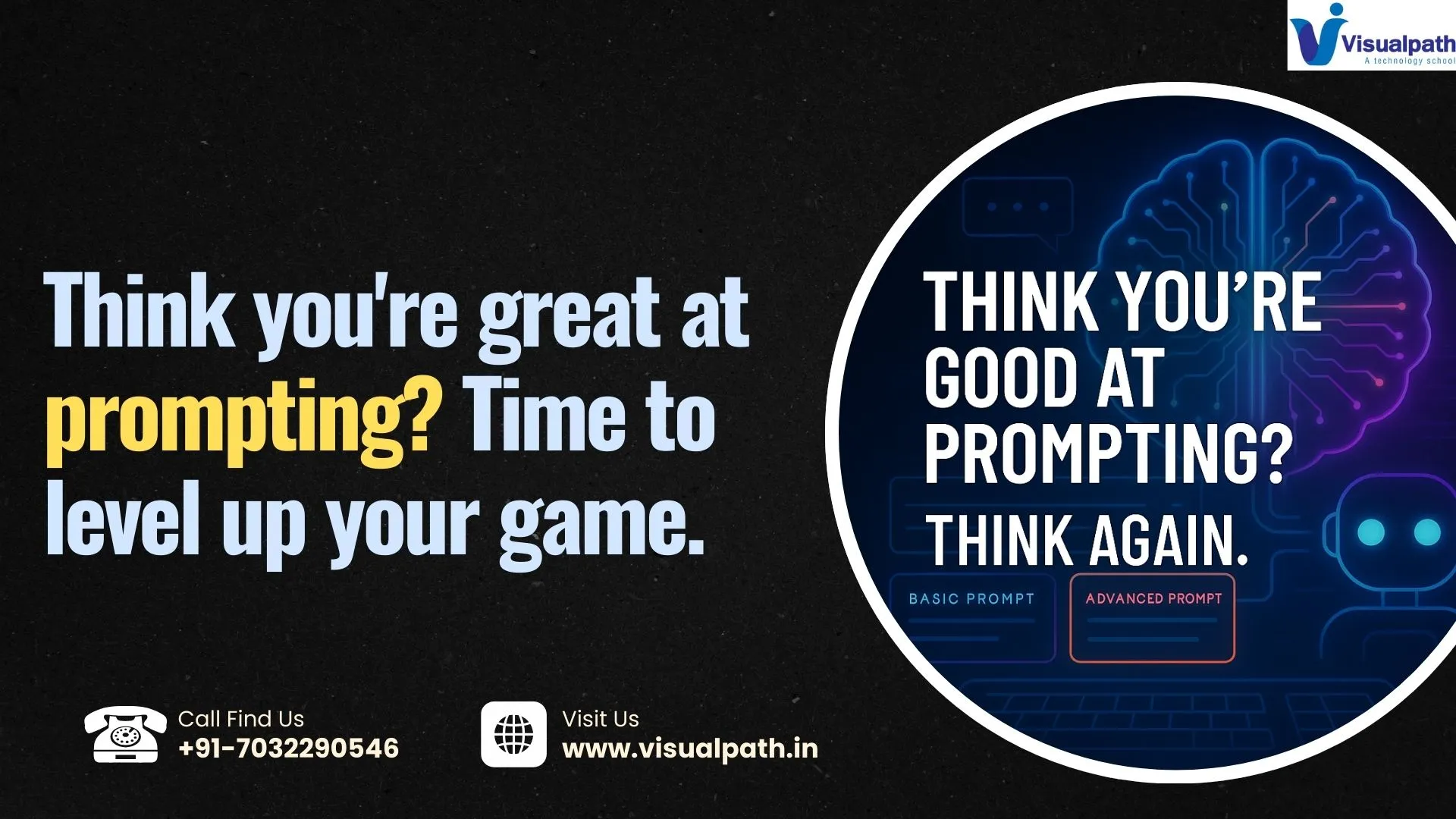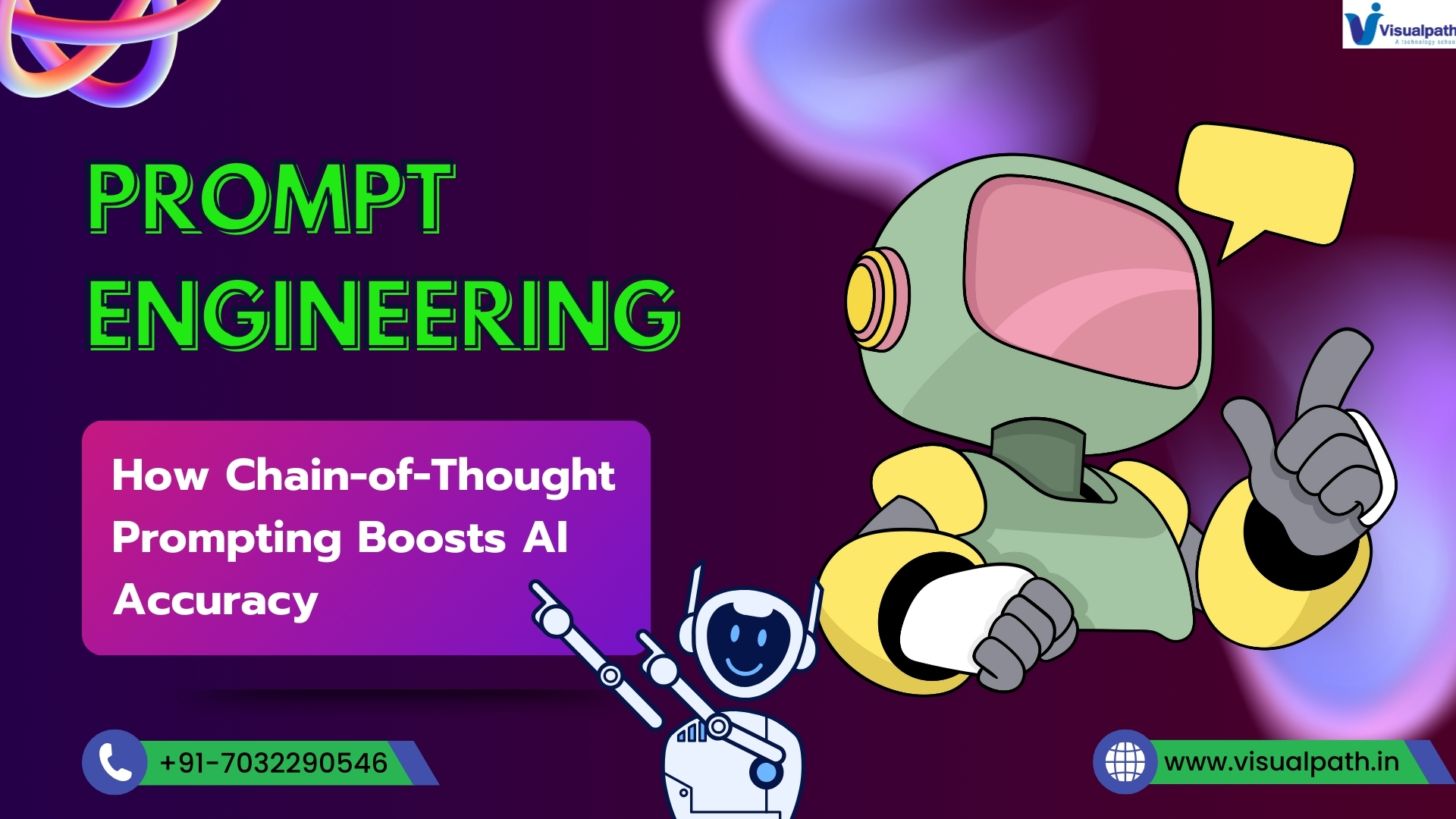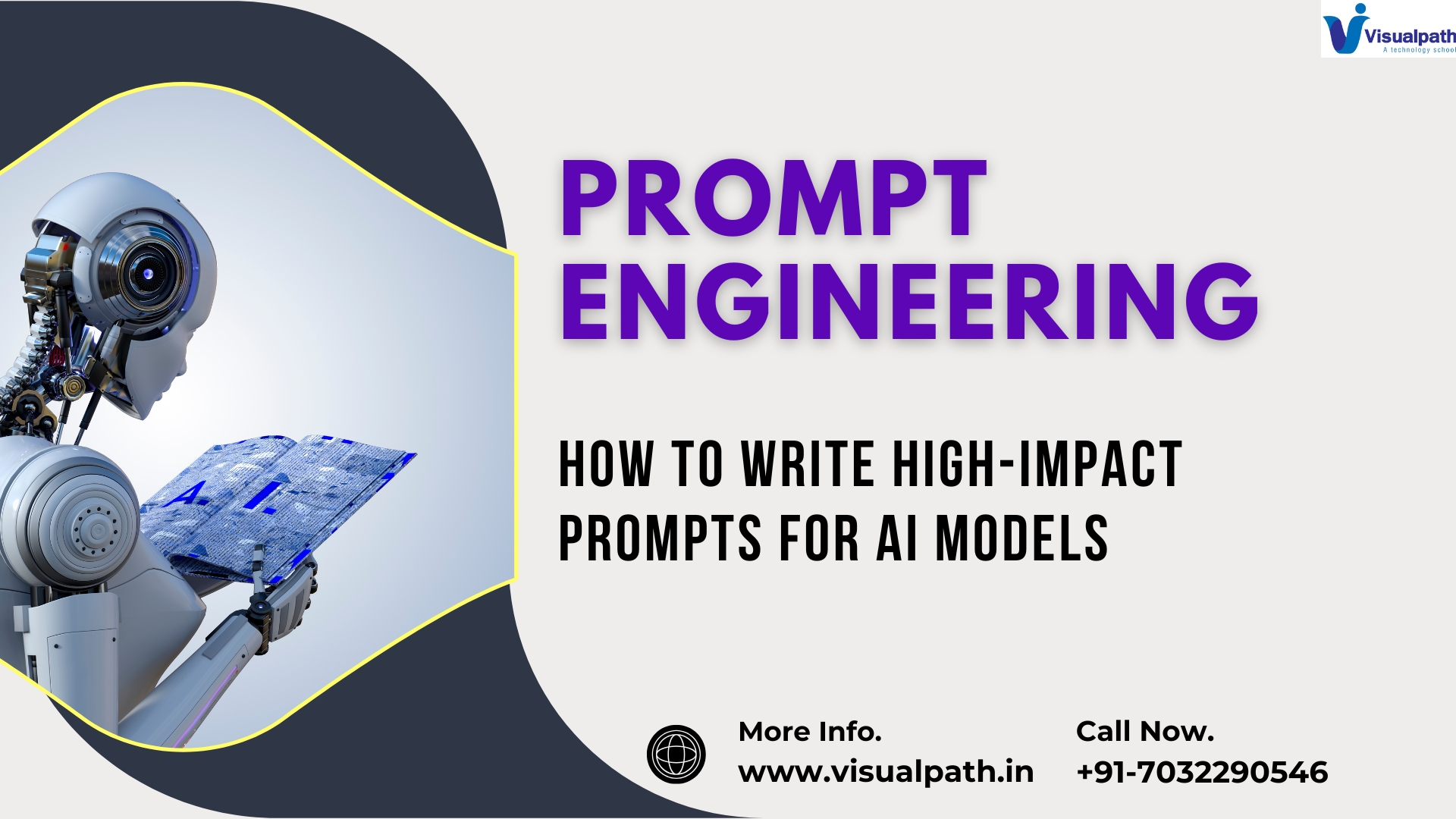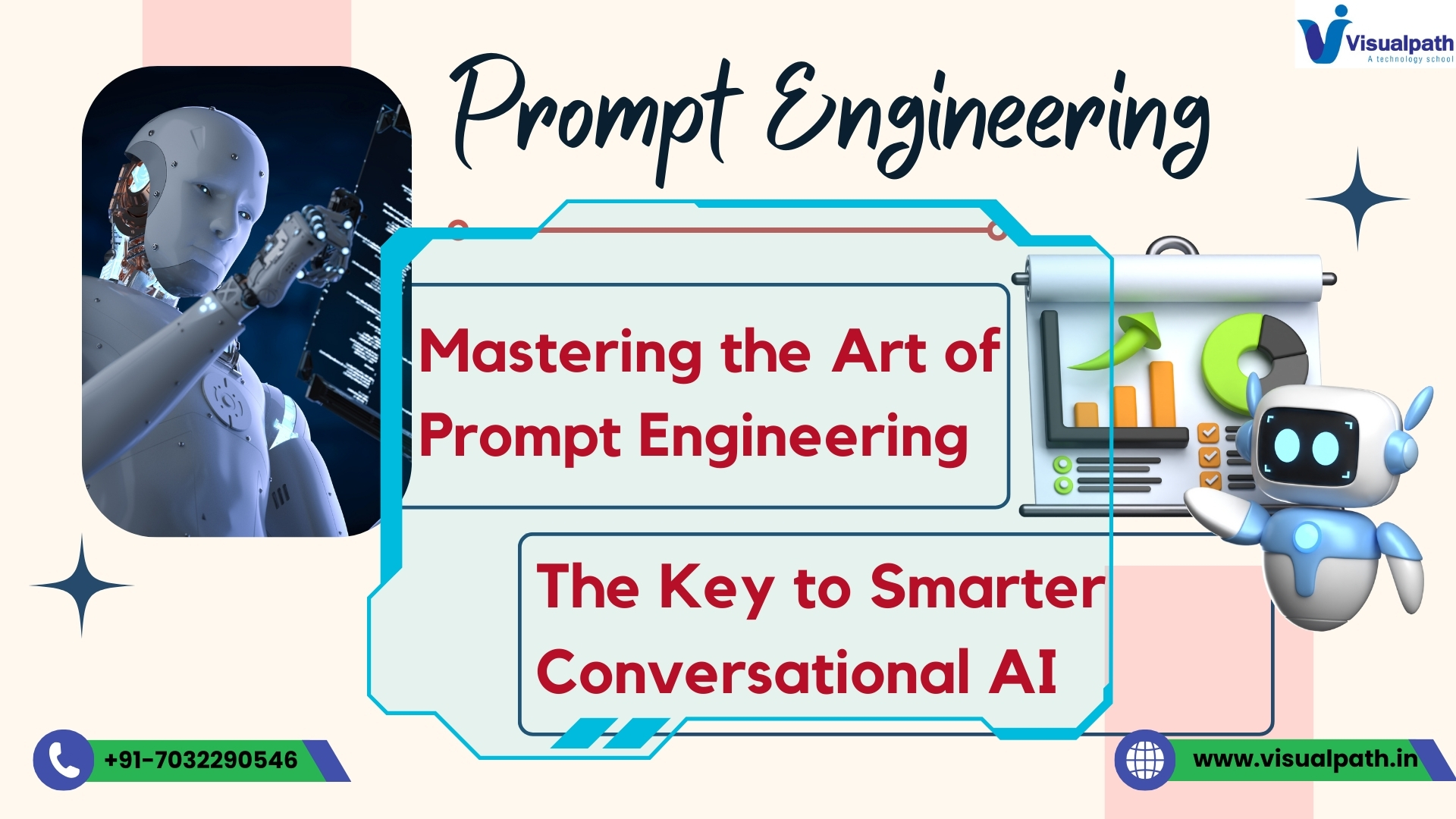In the age of AI, prompt engineering mastery is no longer optional—it’s essential. Whether you’re using ChatGPT, Claude, Gemini, or any other generative AI tool, the prompts you write shape the results you get. You may believe you’re good at prompting, but chances are, you’re only scratching the surface. Prompting is a skill, and like any skill, it demands depth, nuance, and constant learning.
At first glance, writing a prompt seems straightforward: ask a question, get an answer. But what separates an average user from a pro is the ability to unlock better AI output through refined, strategic prompting. Think of prompts as the programming language of conversational AI—every word, tone, and structure choice can alter the outcome. Prompt Engineering Training
The Illusion of Simplicity
Many users start with simple commands like “Write a blog post about marketing” or “Summarize this article.” These prompts might generate decent results, but they rarely yield high-quality, nuanced, or contextually rich responses. This is where advanced prompt techniques come into play.
Professionals who excel at prompt engineering know how to give context, define roles, limit output styles, and iterate with precision. For example, rather than saying, “Give me social media tips,” a better prompt would be: “Act as a social media strategist. Write 5 Instagram post ideas for a skincare brand targeting Gen Z with a humorous tone.” The second prompt guides the AI’s personality, audience focus, and tone—producing far superior results. Prompt Engineering Course Curriculum
Why Prompt Engineering Is a Superpower
As generative AI continues to reshape industries, AI content creation is becoming a cornerstone of marketing, product development, education, and more. Those who master prompting will have a competitive advantage. Prompting isn’t just about making AI talk; it’s about making AI useful, creative, and aligned with your goals.
Prompt engineering isn’t one-size-fits-all. Different use cases require different structures. Need code generation? Your prompt should be specific with expected input and output formats. Working on storytelling? Inject personas, emotional cues, and narrative arcs. The more detailed and goal-specific your prompt, the better the AI performs.
Common Prompting Mistakes (You’re Probably Making Them)
Even advanced users fall into common traps. One major mistake is lack of prompt clarity. Vague, broad, or jargon-heavy prompts confuse the AI and lead to inconsistent results. Another error is failing to experiment—too many people stop after the first attempt. Iteration is key. Professionals often refine their prompts 3–5 times to land on the best version.
Another pitfall is ignoring the temperature and token settings (especially in tools like GPT playgrounds or APIs). These settings influence creativity and length. Understanding how AI model parameters affect outputs is crucial for anyone serious about mastering prompts.
Prompting for Different Use Cases
Prompt engineering isn’t limited to chat interfaces. It’s increasingly used in AI-powered automation platforms, where prompts are embedded in workflows to perform complex tasks. Whether you’re generating emails, analyzing sentiment, creating scripts, or planning SEO strategies, prompts power it all.
Let’s say you’re working with a customer support chatbot. You’ll need prompts that help the AI ask clarifying questions, maintain tone consistency, and stay within policy guidelines. In contrast, prompting for a brainstorming session should encourage free-flowing, bold, and imaginative outputs. Adapting your prompts to context is what separates good prompting from great prompting.
How to Get Better at Prompting
If you’re serious about levelling up, start by studying prompt engineering frameworks like “Role-Instruction-Output” or “Persona-Task-Constraint.” These models help you systematically structure your prompts for better results. You should also review prompt libraries, reverse-engineer great prompts from AI influencers, and engage in community discussions to share tips and failures.
Another underrated strategy is prompt journaling. Keep a log of prompts you’ve used, the outputs they generated, and what you’d tweak next time. Over time, you’ll build an internal database of strategies that work in specific scenarios. This is especially helpful when working with niche industries or complex domains.
The Future of Prompting
With the rise of multimodal models like GPT-4, prompting isn’t just about text anymore. Multimodal prompt design includes image prompts, audio cues, and even video-based inputs. This opens up an entirely new dimension for prompt engineers—one where creativity and precision intersect like never before.
We’re also seeing growth in low-code and no-code tools integrating prompt engineering into their ecosystems. Soon, marketers and developers alike will rely on prompt-based automation to drive content, outreach, personalization, and more. Those who master prompting now will be light years ahead.
Final Thoughts
Prompt Engineering Mastery is not just a task; it’s a craft. The sooner you approach it with the same seriousness as writing, coding, or designing, the sooner you’ll unlock its true potential. If you’ve been coasting on basic prompts, it’s time for a reality check. Think you’re good at prompting? Think again.
The difference between average results and game-changing results lies in how well you understand the language of AI. Learn it, refine it, and keep experimenting. Your future with AI depends on it.
Trending Courses: Artificial Intelligence, Data Science with Generative AI,
Visit: https://www.visualpath.in/prompt-engineering-course.html




